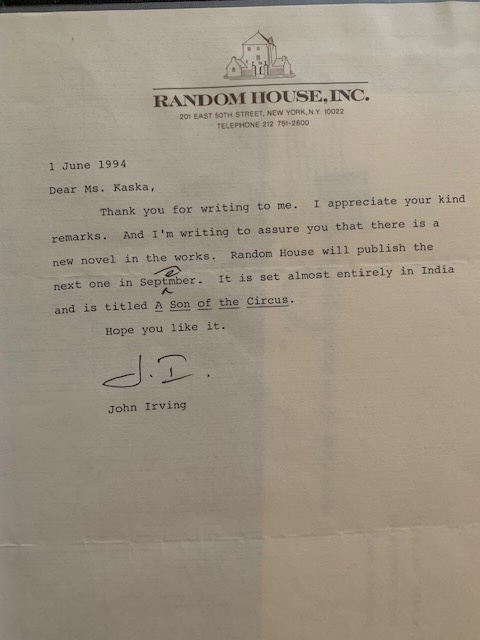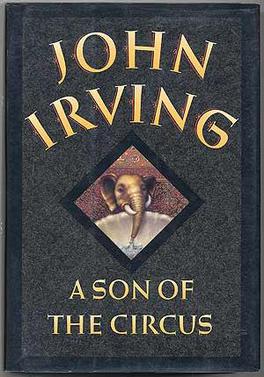Growing Up Catholic in a Small Texas Town: How I Conjured Up a Family of Dwarfs
Thank you to everyone who requested the Dwarf story. This incident has to top that strange earthquake experience I wrote about in my last newsletter. (Link) In fact, my husband still doesn’t believe it and suspects that I was smoking something illegal.
During my eight years at St. Mary’s School, the nuns often told us stories about Jesus, the Blessed Mother, and angels appearing to people. I wanted to be one of those people, even for a split second. I watched, I waited, I prayed, but it never happened. Nothing so marvelous ever appeared to me. I was left feeling like an unworthy child. But I haven’t given up hope.
Years later, I received a vision, but it was not at all what I expected.
It all began with my love for bestselling author John Irving’s novels. My favorite, A Prayer for Owen Meany, had been published for some time, and I was growing eager for the next one. I decided to do something I’d never done before: I wrote Irving a fan letter expressing how much I enjoyed his work and inquired when his next book would be released. This took place in the summer of 1994. I didn’t expect a response. That summer, I had planned a trip to India, and just before I left, I received a reply. He mentioned that his next book would be released in September and that it was set in India. What a coincidence! But then . . .

But when I returned home from my trip at the end of summer, the book was out, yet my bank account balance had dwindled, and I would have to wait until my next paycheck to buy the book entitled A Son of the Circus. Thankfully, a friend gave me the book for my birthday. I was thrilled and had planned to start reading it on a quiet Sunday evening. I poured a glass of wine, put on my PJs, and jumped into bed. The story opens with a family of circus dwarfs. I wasn’t even finished with page one when music blared from my backyard. Behind our back fence was a thick growth of tall bamboo, and I couldn’t see where the music was coming from. There was a rarely used state office parking lot behind the fence. Whoever was responsible for the earsplitting noise had no business being there. After ten minutes, I lost patience, jumped into the car, still wearing my PJs, and drove around the corner into the lot. I flicked on my bright lights and saw a family of dwarfs standing outside an old, beat-up station wagon: mom, dad, and a couple of kids rocking out to the music. My interruption of their fun caused the mom to shake her fist at me and utter some curse words.

I drove home, ran into the house, and locked the door. My husband came out of the den where he was watching baseball and asked what was so important that I had to leave the house in my pajamas. I told him what happened. He didn’t say a word. He just shook his head, grabbed another beer, and returned to his baseball game.
This is the absolute, honest-to-goodness truth, and in case you’re wondering, this happened before I’d finished my glass of wine.
I regard my earthquake story as a religious experience, yet the dwarf incident continues to leave me perplexed even after thirty-one years. I’m open to any insights you might have.

